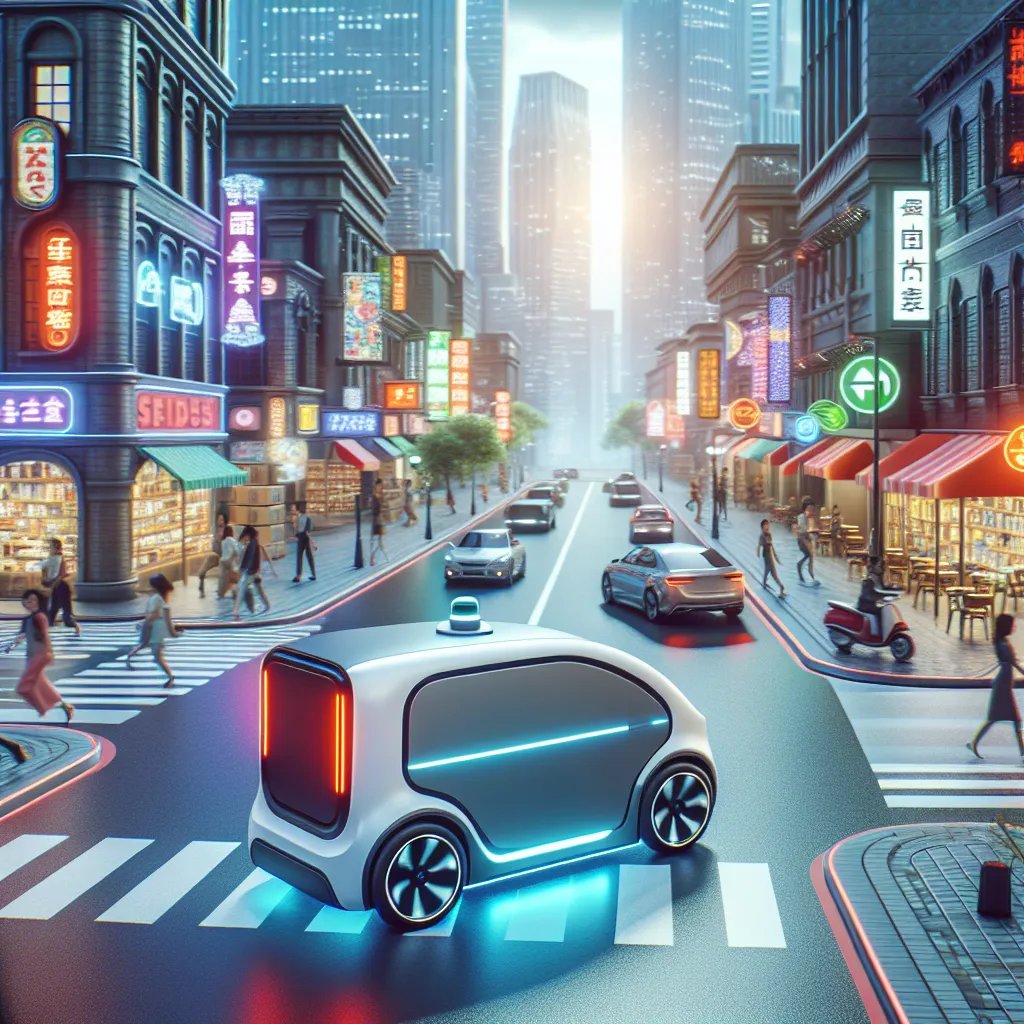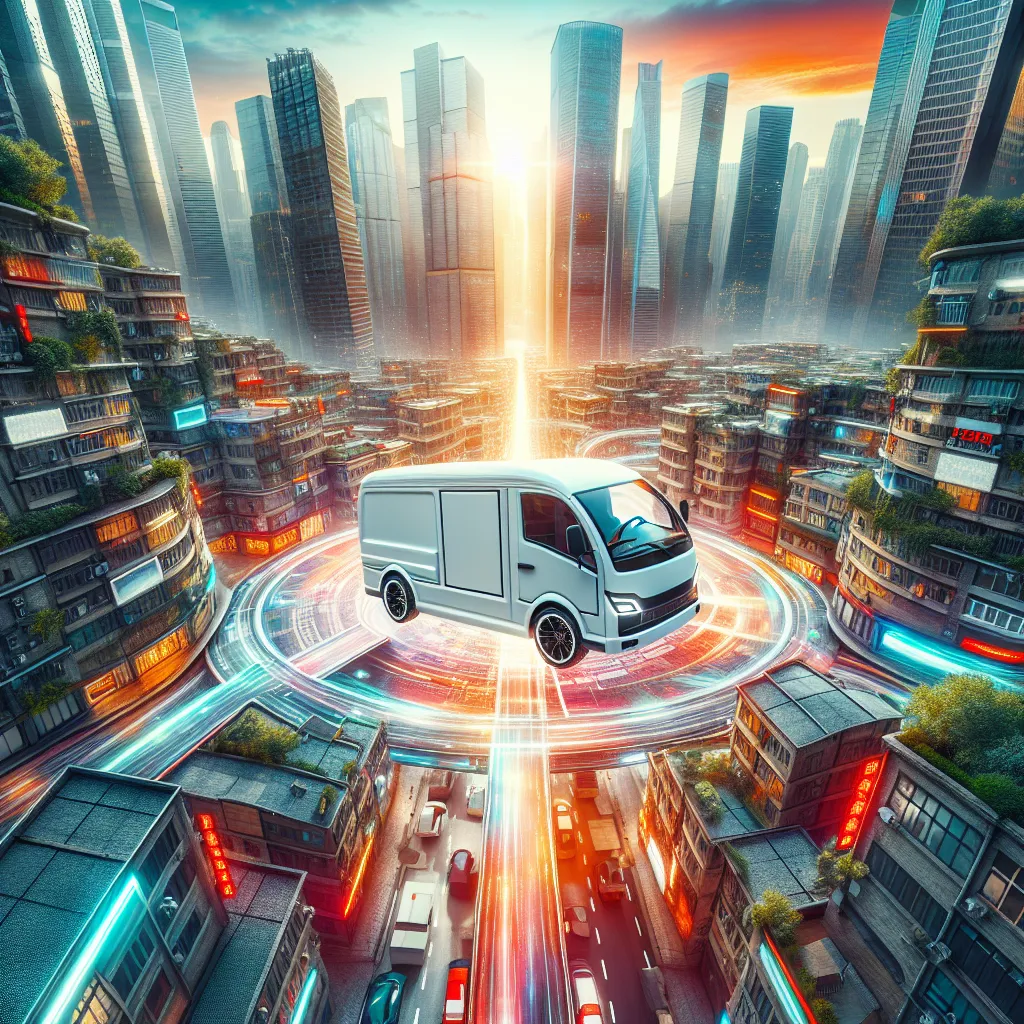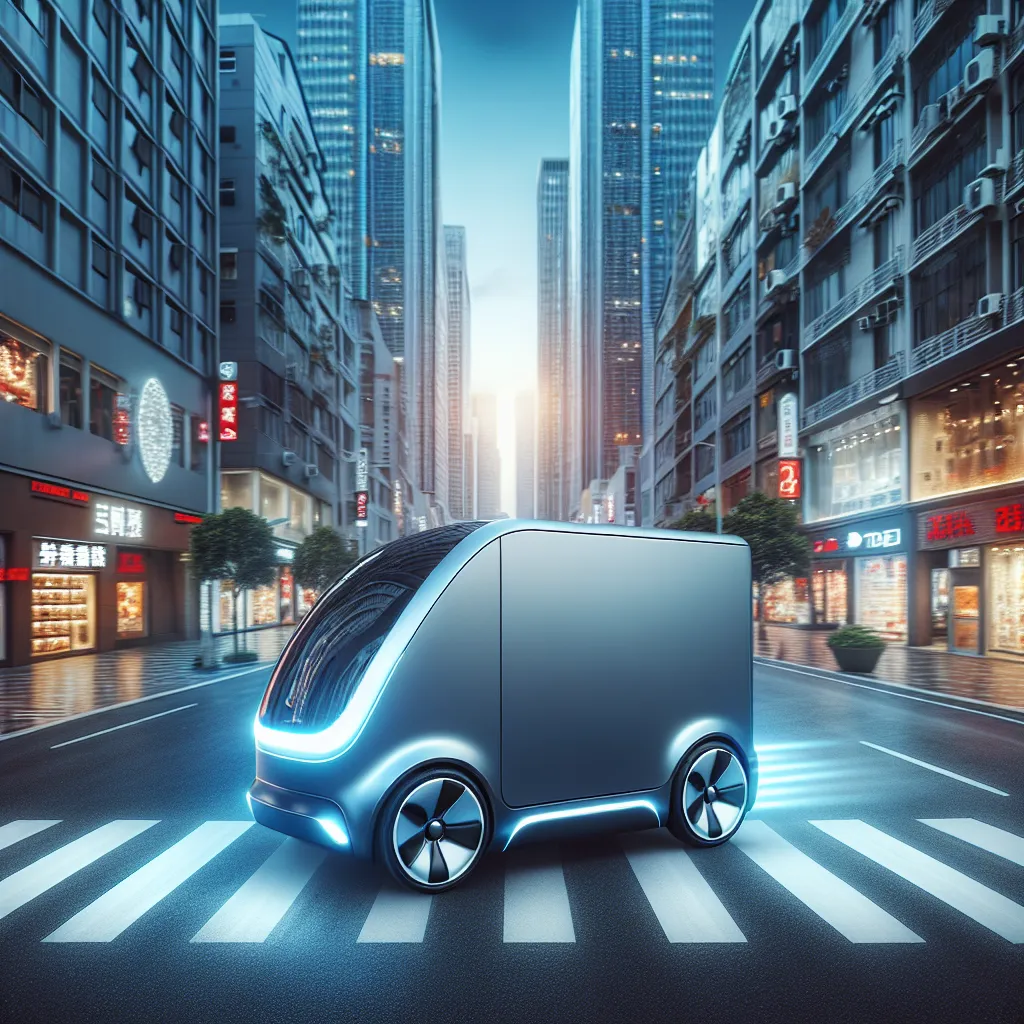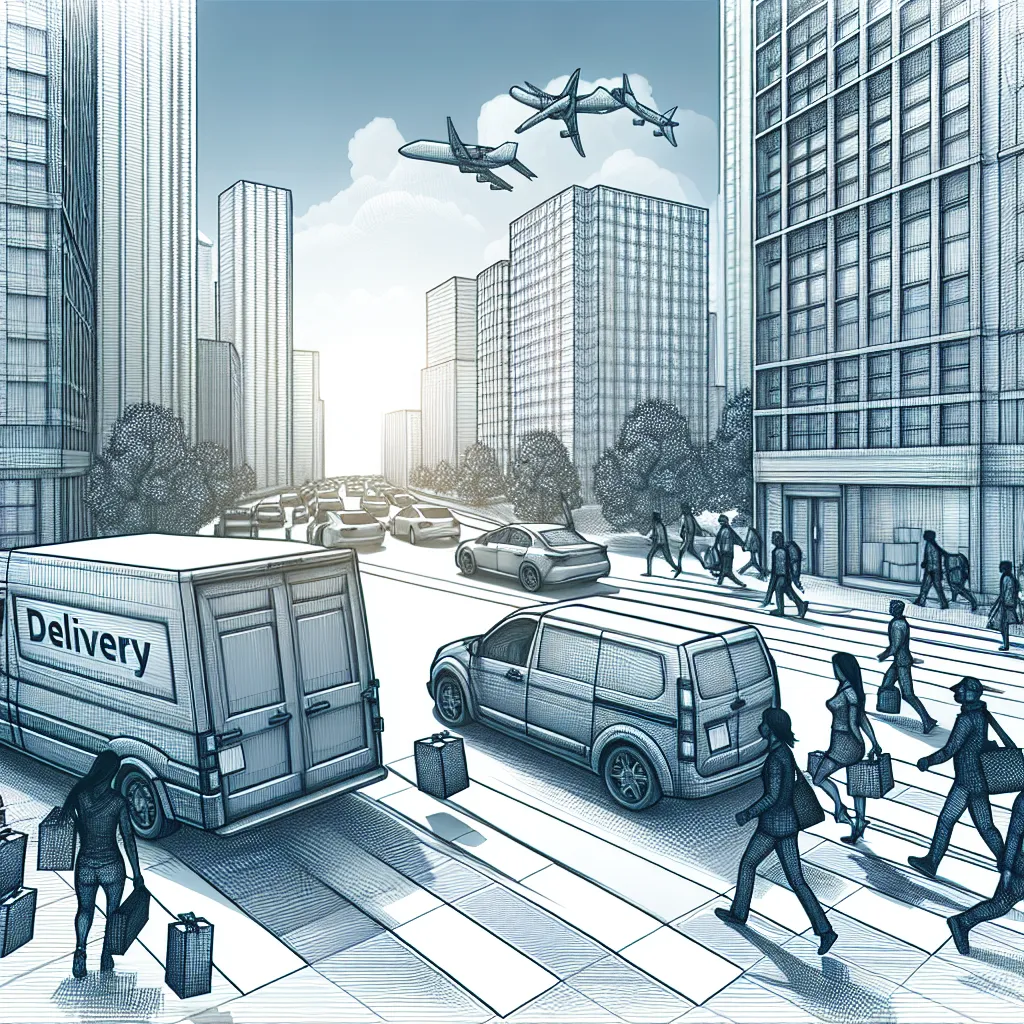Revolutionizing Last-Mile Delivery: The Potential of Autonomous Delivery Vehicles
Autonomous delivery vehicles represent a groundbreaking innovation in the last-mile delivery process, revolutionizing the way goods are transported and delivered to customers. The potential of autonomous delivery vehicles to streamline and optimize the delivery process is unprecedented, offering significant advantages in terms of efficiency, cost-effectiveness, and environmental impact.
By leveraging advanced technologies such as artificial intelligence, machine learning, and sophisticated sensor systems, autonomous delivery vehicles have the ability to navigate urban environments, maneuver through traffic, and safely deliver packages to their intended destinations. This level of autonomy not only reduces the reliance on human drivers but also enables deliveries to be conducted round-the-clock, enhancing convenience for both businesses and consumers.
Furthermore, the integration of autonomous delivery vehicles into the logistics network has the potential to significantly reduce operational costs associated with last-mile delivery. With autonomous vehicles capable of efficient route planning, real-time adjustments, and optimized fuel consumption, businesses can achieve substantial savings in fuel and labor expenses. Additionally, the potential for reduced carbon emissions and environmental impact presents a compelling case for the widespread adoption of autonomous delivery vehicles as a sustainable solution for last-mile logistics.
In conclusion, autonomous delivery vehicles are poised to revolutionize the last-mile delivery process, offering unparalleled efficiency, cost-effectiveness, and environmental benefits. As technology continues to advance and regulations evolve, the widespread deployment of autonomous delivery vehicles holds immense promise for the future of logistics and represents a transformative paradigm shift in the way goods are delivered.
Challenges and Opportunities in Implementing Autonomous Delivery Vehicles
The future of autonomous delivery vehicles holds great promise, but it also comes with a set of challenges and opportunities that need to be carefully considered. One of the main challenges in implementing autonomous delivery vehicles is ensuring their safety and reliability on public roads. These vehicles need to be equipped with advanced sensors, AI technology, and highly accurate mapping systems to navigate safely through diverse and unpredictable urban environments.
Furthermore, there are legal and regulatory obstacles that need to be addressed to ensure the smooth integration of autonomous delivery vehicles into existing transportation systems. Issues related to liability, insurance, and the establishment of clear guidelines for autonomous vehicle operation are crucial for the widespread adoption of this technology.
On the other hand, the opportunities presented by autonomous delivery vehicles are abundant. They have the potential to significantly reduce delivery times, improve efficiency, and lower operational costs for businesses. Additionally, the environmental benefits of autonomous vehicles, such as reduced fuel consumption and emissions, make them an attractive option for sustainable urban logistics.
Overall, while there are certainly challenges that need to be overcome, the implementation of autonomous delivery vehicles also brings unprecedented opportunities for streamlining logistics, enhancing safety, and promoting environmental sustainability in the transportation industry.
The Future Landscape of Urban Delivery: Autonomous Vehicles in Action
As the world continues to embrace the advancement of autonomous vehicles, the future landscape of urban delivery is set to undergo a substantial transformation. The integration of autonomous delivery vehicles promises to revolutionize the way goods are transported within cities, offering a more efficient and sustainable solution to the burgeoning challenges of last-mile delivery. With the rise of e-commerce and the increasing demand for same-day deliveries, traditional delivery methods are proving to be inadequate in meeting these evolving needs.
Autonomous delivery vehicles are poised to address these challenges by offering a cost-effective and environmentally friendly alternative. By leveraging cutting-edge technology such as artificial intelligence and sensor systems, these vehicles are capable of navigating complex urban environments with precision and safety. Moreover, the deployment of autonomous delivery vehicles has the potential to alleviate traffic congestion and reduce carbon emissions, thereby contributing to a more sustainable future for urban logistics.
Furthermore, the implementation of autonomous delivery vehicles is anticipated to enhance the overall efficiency of the delivery process. These vehicles can operate around the clock, enabling 24/7 delivery services without the constraints of driver availability. Additionally, advanced route optimization algorithms ensure that deliveries are completed in the most time-efficient manner, offering significant improvements in delivery speed and reliability.
In conclusion, the future landscape of urban delivery is on the brink of a significant paradigm shift with the introduction of autonomous delivery vehicles. With the potential to streamline delivery operations, reduce environmental impact, and meet the escalating demands of modern-day logistics, these vehicles are poised to become a cornerstone of the future urban delivery ecosystem.




